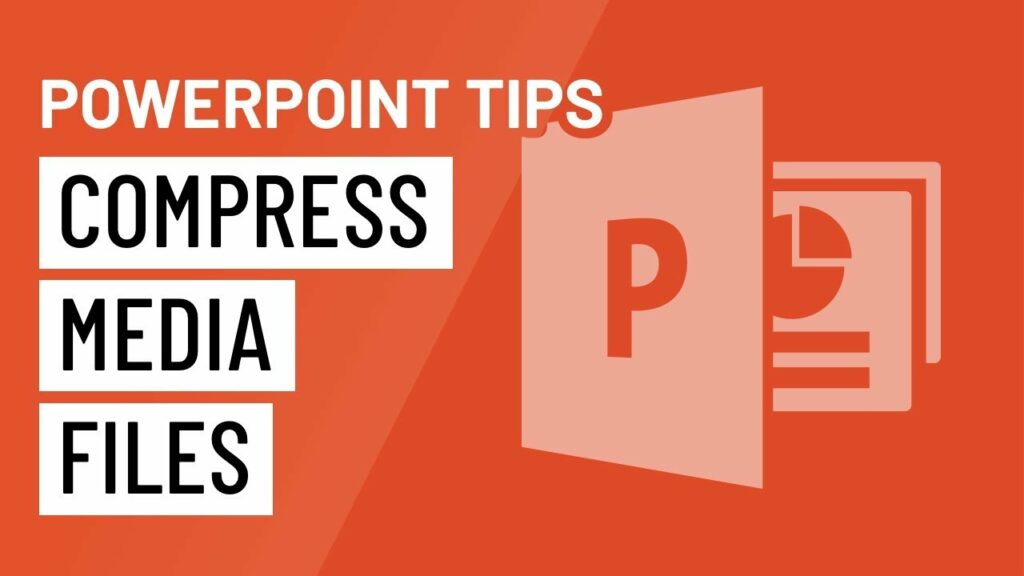Optimizing Presentation Performance: A Deep Dive into Compressing Media Files in PowerPoint

In the realm of presentations, visuals and multimedia elements play a pivotal role in engaging and captivating audiences. Microsoft PowerPoint, a ubiquitous tool for creating presentations, enables users to incorporate a variety of media files such as images, videos, and audio clips to enhance the overall impact of their slideshows. However, as presentations become more dynamic and multimedia-rich, the size of media files can significantly affect the performance and portability of PowerPoint presentations. To address this challenge, PowerPoint offers a built-in feature for compressing media files, optimizing their size without compromising quality. In this comprehensive guide, we’ll explore the intricacies of compressing media files in PowerPoint, empowering users to create high-quality presentations that load quickly and run smoothly.
Understanding the Importance of Compressing Media Files:
As presentations grow in complexity and incorporate more multimedia elements, the size of media files can escalate rapidly, leading to several challenges:
- File Size: Large media files contribute to bloated presentation files, making them cumbersome to share, upload, or transfer.
- Loading Time: Presentations with large media files may take longer to load, particularly when sharing over email or presenting online, leading to delays and disruptions.
- Performance Issues: Excessive media file sizes can strain system resources and cause performance issues, such as lagging or stuttering during playback.
By compressing media files in PowerPoint, users can mitigate these challenges and optimize the performance and portability of their presentations, ensuring a seamless and engaging experience for their audience.
Methods for Compressing Media Files:
PowerPoint offers multiple methods for compressing media files, each tailored to specific needs and preferences:
1. Compress Pictures:
- PowerPoint allows users to compress images within their presentations to reduce file size without compromising visual quality.
- Select the image(s) you wish to compress, then navigate to the Picture Format tab in the ribbon.
- Click on the Compress Pictures option, then choose the desired resolution and compression options.
- Click OK to apply the compression settings to the selected image(s).
2. Compress Video and Audio:
- PowerPoint offers the option to compress embedded videos and audio clips to reduce file size.
- Right-click on the video or audio file within your presentation, then select Format Media from the context menu.
- In the Format Media pane, navigate to the Media tab and select Compress Media.
- Choose the desired compression options, such as resolution and quality, then click Apply to compress the media file.
3. Optimize Compatibility:
- When saving your presentation, PowerPoint provides the option to optimize media compatibility for different platforms and devices.
- Click on the File tab, select Save As, then choose the desired file format (e.g., PowerPoint Presentation or PowerPoint Show).
- Before saving, click on the Tools dropdown menu and select Compress Pictures or Compress Media to optimize compatibility for the target platform or device.
Best Practices for Media Compression:
To maximize the effectiveness of media compression in PowerPoint, consider the following best practices:
- Balance Quality and Size: Strike a balance between visual quality and file size when compressing media files, ensuring that the presentation remains visually appealing while optimizing performance.
- Consider Audience and Platform: Tailor compression settings based on the audience and platform where the presentation will be delivered, optimizing compatibility and performance accordingly.
- Test Playback: Before finalizing the presentation, test playback on different devices and platforms to ensure that compressed media files perform as expected without compromising quality.
- Regular Maintenance: Implement a routine for reviewing and compressing media files in existing presentations to keep file sizes manageable and performance optimized over time.
- Backup Original Files: Before compressing media files, consider backing up the original files to preserve the highest quality versions for future use or archival purposes.
Conclusion:
Compressing media files in PowerPoint is a crucial step in optimizing the performance and portability of presentations, particularly as multimedia elements become more prevalent in modern slideshows. By leveraging built-in compression features and adhering to best practices, users can reduce file sizes, minimize loading times, and ensure smooth playback across various devices and platforms. Whether compressing images, videos, or audio clips, the goal remains the same: to strike a balance between quality and size while delivering engaging and impactful presentations to audiences worldwide. So, the next time you prepare to create or share a PowerPoint presentation, remember to explore the options for compressing media files to enhance performance and deliver an exceptional presentation experience that leaves a lasting impression on your audience.




